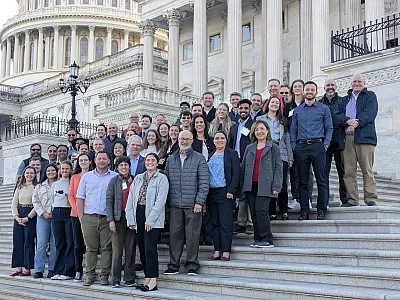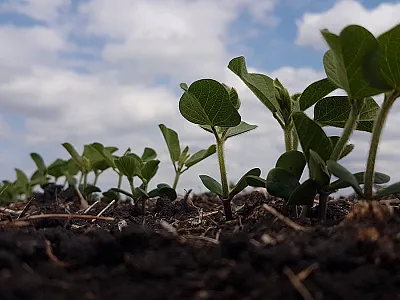Seeding: Back to the Basics
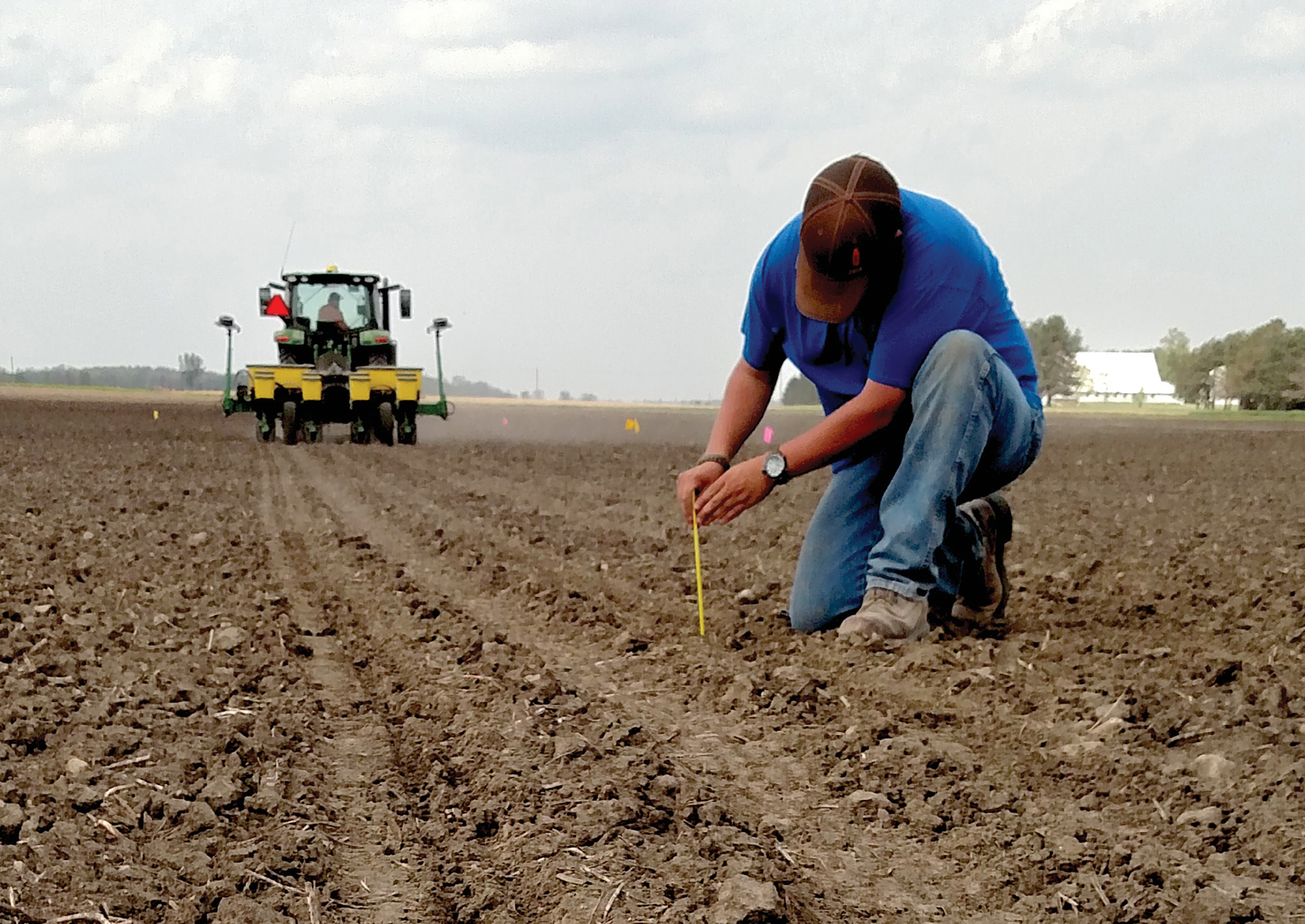

With weak profitability forecasts for soybeans and—especially—corn in 2024, crop advisers and producers might do well to review seeding basics. The following is a survey of CCAs and university specialists about seeding rates, depth, and dates across the Corn Belt. Earn 1 CEU in Crop Management by reading this article and taking the quiz at https://web.sciencesocieties.org/Learning-Center/Courses.
John Wooden was well-known for starting each practice by showing UCLA basketball players how to properly put on their socks, in the way that avoids blisters. New players were sometimes surprised; the veterans knew what to expect from Coach Wooden, who believed that starting with a back-to-the-basics approach set the stage for sustained success.
With weak profitability forecasts for soybeans and—especially—corn in 2024, crop advisers and producers might do well to review seeding basics. Here is a survey of CCAs and university specialists about seeding rates, depth, and dates across the Corn Belt. These vary, of course, according to production system, location, and topography. But—especially this year—both rookies and veterans can remember: fastidious attention to the basics at planting time may help prevent blisters on the bottom line at harvest.
Seeding Rates
Corn and soybean projected costs and returns for 2024 are reminiscent of weak profitability most Corn Belt growers saw between 2015 and 2020. Margins for both crops will be tight, according to University of Illinois economists Nick Paulson and Gary Schnitkey and Ohio State University’s Carl Zulauf. ‚Relative to 2022 and 2023, 2024 is projected to be a low to negative margin year for many grain farmers in Illinois,‛ they wrote, in a March 5 article on farmdocdaily. University of Illinois economists in January projected negative returns to management (after the cost of cash rent) for both soybeans and corn in Illinois.
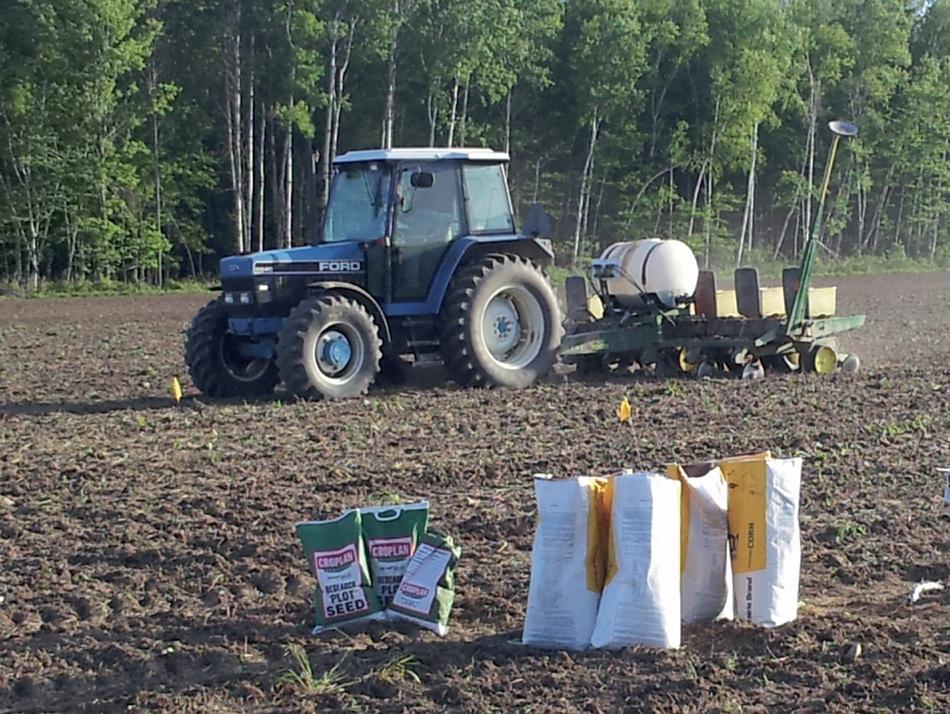
With soybeans showing nearly a $100 advantage over corn, in those Illinois projections, producers may especially be looking to shave off corn input costs. Corn seeding rates are one budget line at which producers may be taking a closer look, especially as corn seeding rates have annually increased across the Corn Belt.‚ We’ve seen corn seeding rates increase 300 to 400 seeds per acre per year here in Iowa,‛ says Mark Licht, Iowa State University Extension and Outreach cropping systems specialist.
Similar corn seeding increases are occurring on irrigated acres throughout Nebraska and Kansas, says Phil Swantek, a CCA and product agronomist at Hoegemeyer Hybrids, in Central Nebraska. ‚Rates have seen a steady increase—30,000 to 36,000 seeds per acre will catch most of our acres here,‛ he says. ‚We might see some backing off (on seeding rates) a little this spring, but they’re probably more likely to look at saving on the bigger costs, like land rents and equipment, before seed rates,‛ Swantek says. He adds that hybrid selection is essential when making seeding rate decisions.
There’s often an important difference between the ideal seeding rates for yield and profitability. ‚While every hybrid responds differently, we think the ideal seeding rate (for yield) is probably between 33,000 and 34,000 seeds per acre. But we know the economic seeding rate is about 2,000 to 3,000 seeds per acre lower,‛ says Iowa State’s Licht.
The reason: the concept of marginal costs and returns. Increasing seeding rates to add yield might produce more corn, but not more profits—especially at today’s corn prices. ‚The thought process is often ‘how do we maximize yield across the farm?’ when what we really should be asking is ‘how do we maximize profit across the farm?’‛ Licht says.

Data from Purdue University trials, conducted from 2008 to 2019, illustrate how highest yields do not mean greatest profit. In 83 rainfed field-scale trials, the average maximum yield occurred at a plant population of 32,000 plants per acre—a seeding rate of about 33,700, assuming a 95% stand success. But the maximum return occurred at a plant population of 27,250 plants/acre—a seeding rate of about 28,700. (That assumed $5 per bushel corn and $250 per 80,000 bag of seed corn.)
The Purdue data will not match yield expectations across the Corn Belt; there was an average yield of 194 bu/ac during the 12-year analysis. But nearby Indiana, in western Ohio, one CCA is seeing yields maintained at lower seeding rates. ‚Our data is trending that we can lower overall corn seeding rates and still maintain yield,‛ says CCA Evan Delk, president of Integrated Ag Services, in Milford Center, OH.
Delk emphasizes that this has occurred in the variable-rate prescriptions he makes for his clients. His planting prescriptions range from 28,000 to 36,000 seeds/ac, depending on soils. ‚With variable rate in the beginning, I really thought we needed to crank up the seeding rate in that high-producing soil,‛ Delk says. ‚But we’ve found over the years that we can pull those seeding rates down in those high-producing areas.‛
In 2023, on very similar soils with nearly identical topography, Delk observed 270-bu corn when seeded at both 28,000 and 32,000. ‚Assuming a $3 cost per one thousand seeds, 2024 is looking like the kind of year where $6 or $9 cost savings (per acre) could make a big difference on corn,‛ he says.
Any adjustments to corn seeding rates should be wisely made. That is true whether following a variable-rate prescription—as are Evan Delk’s clients in Ohio, Michigan, New York, and Kentucky—or planting more‚ traditionally,‛ like Mark Licht says is mostly occurring in Iowa. Research at Iowa State and elsewhere indicates that, with the known advantages for variable rate, you still cannot control the biggest factor.‚ One thing most research trials conclude is that weather may be the biggest influencer of all,‛ Licht says.
Soybean seeding rates especially for longer-maturity varieties—can be much debated. But, in an article on his coolbean.info website, University of Wisconsin soybean specialist Shawn Conley, points out that a minimum stand of 100,000 plants/ac achieves 100% yield potential in most field environments.
Longer-maturing soybean varieties may be seeded at higher rates. However, any yield bump from higher seeding rates is minimal, according to research in Iowa, South Dakota, and Wisconsin.
There can be some possible benefits from increasing seeding rates to increase canopy to help with weed pressure. But in an updated summary of that tri-state research, published this February, a South Dakota State entomologist noted the obvious economic caveat: be sure to consider the extra seed cost into any decision to increase soybean seeding rates.
Seeding Depth
Seed depth may be the most obvious example of applying attention to the basics at planting. Just like basketball players today should still put on new kinds of socks in a way that avoids blisters, improved corn and soybean varieties still have to be planted at the correct depths.
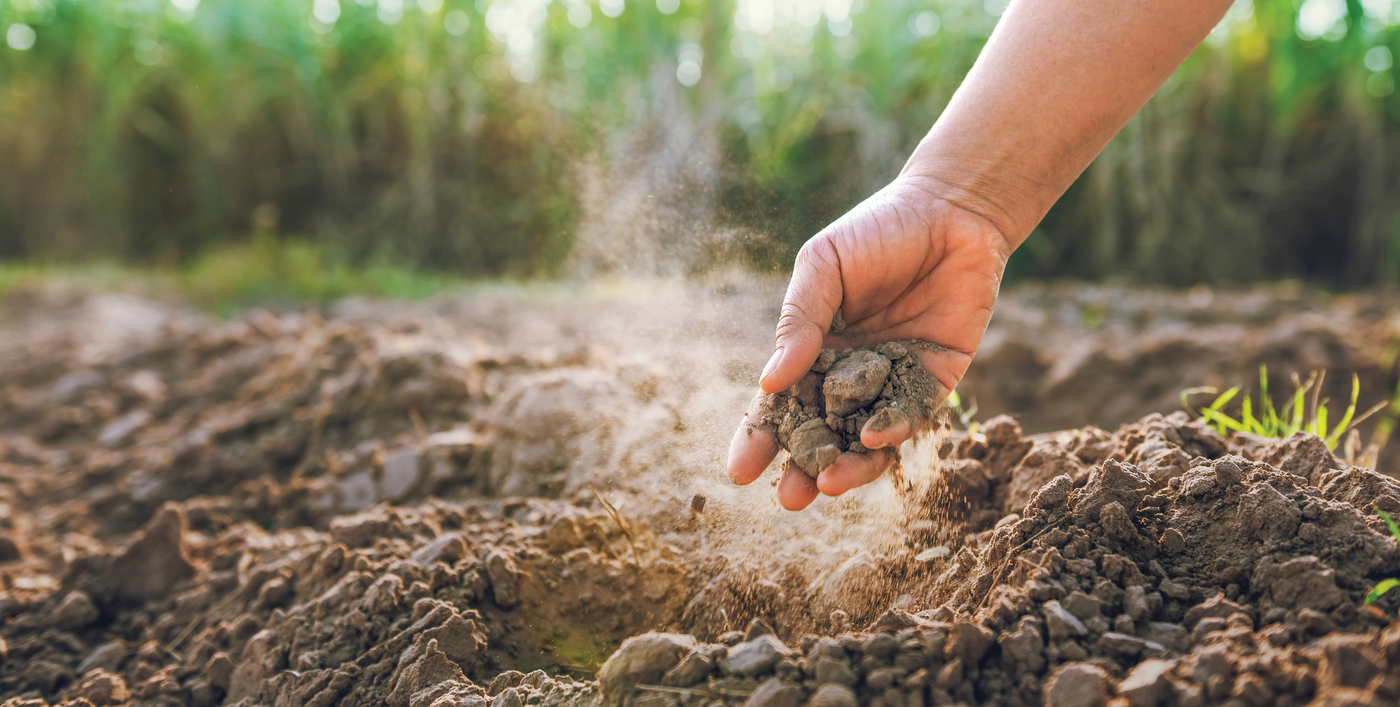
Two inches is the standard for tilled corn across the Midwest. ‚Get that planting depth set at 2 inches, and then check on it every other day to make sure you’re getting 2 inches,‛ says Iowa State’s Mark Licht. And, while it’s easy to rely on sensors and planter settings, remember to get out of the tractor cab and into the field to check the depth. Adjust equipment (like planter down pressure) to accommodate for soil condition. But remember: Operator hurry impacts planting depth as much as equipment settings.
Planting depths may vary according to production system (tilled versus no-till); but, optimal depths for both corn and soybeans have not changed much—unless soil moisture is challenging as it is in the western Corn Belt in 2024. ‚In a lot of areas, we don’t have much for subsoil moisture yet,‛ says Nebraska’s Phil Swantek. ‚I expect prewatering fields here in 2024 to help with that subsoil moisture,‛ he says, from the cab of his pickup in between two center pivot fields in Phelps County, NE, in early March.
Swantek says Nebraska corn growers are usually on the deeper side of 2 inches. ‚I actually like 2 1⁄4 on most of the fields here. Finding soil moisture is key,‛ he says. Mark Licht, in Iowa, says a drier spring will likely cause some producers to increase planting depth on non-irrigated ground, too. ‚Corn has to imbibe a little less water than soybeans as far as percent of seed weight,‛ he says. ‚We may want to consider planting deeper in a dry spring just so we are sure to have enough moisture for germination to occur.‛
Soybean planting depths can be more variable than corn; soybean variety and seeding rate will affect the choice of depth. If subsoil moisture is an issue, as it appeared to be from regions of Illinois to the western Corn Belt, some soybean producers might also be looking at slightly deeper planting depths.
Generally, planting depths have increased somewhat for soybean on tilled ground throughout the Corn Belt. A much-cited 2014 research report from University of Nebraska–Lincoln Extension indicated that planting depth of 1.75 inches maximized yields across soil types and planting dates. The Nebraska researchers suggested that planting deeper buffered soil temperature and moisture, protecting newly emerged seedlings from frost and freeze damage.
Planting soybean between 1.5 and 2 inches may be an option when subsoil moisture is an issue, says Iowa State’s Mark Licht. ‚You have to be real careful planting beans deeper on tilled ground because if you get some rain and soil crusting, deeper-planted beans may have a hard time pushing through and cause some stand loss,‛ he notes. ‚It really does come back down to the basics—checking your soil moisture each day, checking that seeding depth, [being] sure that you’re getting those seeds where there is moisture.‛
Planting Date
What about soybean planting date? The trend is only earlier, and that was happening even before last year’s decision by the USDA Risk Management Agency to move back the initial planting date for soybean replant coverage in many counties. This was viewed by many as a response to earlier soybean planting that is consistent across the Corn Belt, from the Dakotas to Ohio.

South Dakota’s soybean harvest increased from around 4 million to over 5 million acres during the 2010s, according to the USDA. Planting dates also moved up. ‚Our sense is producers are often planting earlier to spread the workload, save the time, and to know the beans are in and ready to go when it warms up,‛ says Sara Bauder, who had focused on row crops before recently becoming South Dakota State University Extension Forage Specialist.
Bauder says university research does not show consistent benefits to ‚ultra-early‛ soybean plantings, those from early- to mid-April, in South Dakota. There is too much potential for freeze damage, chilling injury, and diseases that can cause damping off, as well as bean leaf beetle damage, she says.

But more South Dakota soybean growers are planting as dates move toward the end of April. ‚The last of April, the first of May—many producers feel that the soybean seed treatments today give them some extra ‘insurance,’ and they’re going ahead and planting earlier than they used to,‛ Bauder notes.
Whether as far north as the Dakotas, Minnesota, and Wisconsin—or into middle Corn Belt states like Iowa and Illinois—late freezes can always play hob with stand success. ‚My first five years on the Iowa State faculty, we had snow or frosts the first week in May,‛ remembers Mark Licht. ‚We have to always realize there is the potential for cold weather to come into that late April, early May timeframe. If we have soybeans out of the ground at that time, they’re likely going to get a little bit of frost on them.‛
Earlier-planted soybeans are becoming the norm in Nebraska, too. ‚It’s been a drastic shift here,‛ says Phil Swantek. ‚The replant insurance change might contribute some, but it’s pretty much basic agronomy. When you give that soybean plant the chance to grow more nodes, that generally increases the number of pods per plant, and that ups your yield potential.‛
Earlier plantings resulted in higher soybean yields in western Ohio, says Evan Delk. ‚In 2023, over data we collected across 11,000 acres, the highest-yielding soybeans were in the ground on April 13. The highest-yielding corn was planted April 20,‛ he says. ‚So I’m encouraging growers with one planter to really look hard at what they’re planting first, and growers with more than one planter probably ought to consider getting those beans in before corn, or even at the same time,‛ Delk says.
And, of course, producers seeding soybean earlier should be sure to pay complete attention to all the other agronomic basics like seeding rate and depth. Just as John Wooden showed that attention to the basics at UCLA helped produce winning basketball teams, focusing on fundamentals at planting could help keep Corn Belt growers in the game—even in a year like 2024 when corn and soybean profit margins could be as close as an NCAA basketball tournament buzzer-beater.
Further Reading
Conley, S.P., Gaska, J.M., Mourtiznis, S., Mueller, D., & Varenhorst, A. (2022). Adjust your seeding rate (higher) but not your maturity group for late may planted soybean. The Wisconsin Soybean Extension Program. https://coolbean.info/2022/05/24/adjust-your-seeding-rate-but-not-your-maturity-group-for-late-may-planted-soybean/
Conley, S.P., & Smith, D. (2019). The soybean seeding rate conundrum. The Wisconsin Soybean Extension Program. https://coolbean.info/2019/04/19/the-soybean-seeding-rate-conundrum/
Irwin, S. (2022). What do we know about planting dates and corn and soybean yield from agronomic field trials? farmdoc daily, 12, 51, Department of Agricultural and Consumer Economics, University of Illinois at Urbana-Champaign, https://farmdocdaily.illinois.edu/2022/04/what-do-we-know-about-planting-dates-and-corn-and-soybean-yield-from-agronomic-field-trials.html
Paulson, N., Schnitkey, G., & Zulauf, C. (2024). Budget-driven crop insurance coverage options for 2024. farmdoc daily, 14, 45. Department of Agricultural and Consumer Economics, University of Illinois at Urbana-Champaign. https://farmdocdaily.illinois.edu/2024/03/budget-driven-crop-insurance-coverage-options-for-2024.html
Varenhorst, A. (2024). Late soybean planting: management considerations. South Dakota State University Extension. https://extension.sdstate.edu/late-soybean-planting-management-considerations
Self-Study CEU Quiz
Earn 1 CEU in Nutrient Management by taking the quiz for the article at https://web.sciencesocieties.org/Learning-Center/Courses. For your convenience, the quiz is printed below. The CEU can be purchased individually, or you can access as part of your Online Classroom Subscription.
- In Iowa, Mark Licht has seen corn seeding rates increase by how much per acre per year?
- 110 to 150 seeds.
- 300 to 400 seeds.
- 500 to 900 seeds.
- 1,000 to 2,000 seeds.
- Which of the following is true regarding the ideal seeding rates for yield and profitability of corn, according to Iowa State’s Mark Licht?
- They are generally the same.
- Increasing seeding rates to add yield will always result in increased profit.
- Ideal seeding rate for yield is 2,000 to 3,000 seeds/ac lower than that for profitability.
- Ideal seeding rate for profitability is 2,000 to 3,000 seeds/ac lower than that for yield.
- In 2023, on very similar soils with nearly identical topography, CCA Evan Delk observed 270-bu corn when seeded at 28,000 and 300-bu corn when seeded at 32,000.
- True.
- False.
- University of Wisconsin soybean specialist Shawn Conley says in most environments, a minimum soybean stand of 100,000 plants/ac achieves a yield potential of
- 70%.
- 80%.
- 90%
- 100%.
- Producers may be inclined to decrease the planting depth during a dryer spring.
- True.
- False.
- The standard planting depth for tilled corn across the Midwest is
- 0.5 inches.
- 1 inch.
- 2 inches.
- 3 inches.
- Soybean planting depths can be more variable than corn.
- True.
- False.
- In South Dakota, which soybean planting window is mentioned in the article as not showing consistent benefits?
- Mid- to late March.
- Early to mid-April.
- Mid- to late April.
- Late to mid-May.
- In 2023, in western Ohio, the highest-yielding soybeans were in the ground on
- March 28.
- April 7.
- April 13.
- April 20.
- In 2023, in western Ohio, the highest-yielding corn was in the ground on
- March 28.
- April 7.
- April 13.
- April 20.
Text © . The authors. CC BY-NC-ND 4.0. Except where otherwise noted, images are subject to copyright. Any reuse without express permission from the copyright owner is prohibited.







